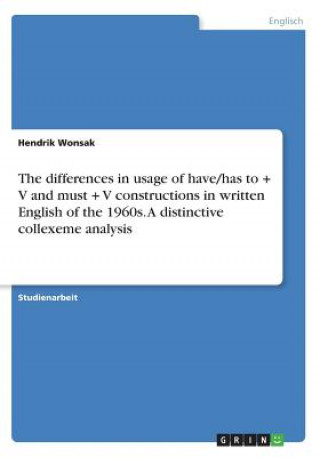
Kod: 16106277
The differences in usage of have/has to + V and must + V constructions in written English of the 1960s. A distinctive collexeme analysis
Autor Hendrik Wonsak
Studienarbeit aus dem Jahr 2016 im Fachbereich Anglistik - Linguistik, Note: 2,3, Universität Hamburg, Sprache: Deutsch, Abstract: Do I have to write this term paper or must I? Is there even a semantic difference between the two c ... więcej
- Język:
 Niemiecki
Niemiecki - Oprawa: Miękka
- Liczba stron: 20
Wydawca: Grin Publishing, 2017
- Więcej informacji o książce

Zobacz książki o podobnej tematyce
-
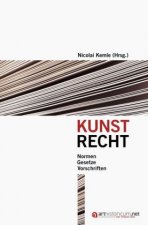
Kunstrecht
98.38 zł -5 %
Podaruj tę książkę jeszcze dziś
- Zamów książkę i wybierz "Wyślij jako prezent".
- Natychmiast wyślemy Ci bon podarunkowy, który możesz przekazać adresatowi prezentu.
- Książka zostanie wysłana do adresata, a Ty o nic nie musisz się martwić.
Więcej informacji o The differences in usage of have/has to + V and must + V constructions in written English of the 1960s. A distinctive collexeme analysis
Za ten zakup dostaniesz 102 punkty
 Opis
Opis
Studienarbeit aus dem Jahr 2016 im Fachbereich Anglistik - Linguistik, Note: 2,3, Universität Hamburg, Sprache: Deutsch, Abstract: Do I have to write this term paper or must I? Is there even a semantic difference between the two constructions have/has to + V and must + V? Epistemically, there is little diference between the two constructions, but a deontic approach shows that the construction must + V obliges the subject of the sentence to do something, while the construction have/has to + V does not play a strong deontic role. Nevertheless, native speakers of the English language use both constructions more or less indiscriminately. This term paper rejects the common approach that the two constructions are semantically identical, since certain verbs are more likely to occur in the have/has to + V-construction, than in the must + V-construction. According to Gries and Stefanowitsch, traditional linguistic studies view the lexicon and the grammar of a language as two completely diferent phenomena. In their cited publication, they state that "various expression types that fall somewhere in between lexicon and grammar have been recognized but largely ignored by mainstream syntactic theories" (Gries & Stefanowitsch, 2003, 209). Over the past decades, however, a variety of linguists, such as Lewis Hunston, Sinclair, Gries and Stefanowitsch themselves, have published a variety of theories, which approach a diferent view towards the connections between grammar and lexicon. These theories assume that "grammar and lexicon are not fundamentally diferent, and that the long-ignored multi-word expressions serve as an important link between them" (Gries & Stefanowitsch, 2003, 210). Following these theories, pairs of semantically more-or-less corresponding expressions and constructions, as the ones shown in (1) to (3), have occupied the attention of linguists all over the world (Gries & Stefanowitsch, 2004, 97): (1) Peter gave Mary the ball / Peter gave the ball to Mary (2) Frank is going to be happy / Frank will be happy (3) Peter must give Mary the ball / Peter has to give Mary the ball
 Szczegóły książki
Szczegóły książki
Kategoria Książki po niemiecku Geisteswissenschaften, Kunst, Musik Sprach- und Literaturwissenschaft Allgemeine und Vergleichende Sprachwissenschaft
175.60 zł
- Pełny tytuł: The differences in usage of have/has to + V and must + V constructions in written English of the 1960s. A distinctive collexeme analysis
- Autor: Hendrik Wonsak
- Język:
 Niemiecki
Niemiecki - Oprawa: Miękka
- Liczba stron: 20
- EAN: 9783668402515
- ISBN: 3668402515
- ID: 16106277
- Wydawca: Grin Publishing
- Waga: 44 g
- Wymiary: 210 × 148 × 1 mm
- Rok wydania: 2017
Ulubione w innej kategorii
-

SEOUL University Korean 1A Student's Book QR
169.85 zł -
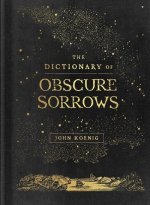
Dictionary of Obscure Sorrows
70.45 zł -23 % -

Power of Language
88 zł -14 % -

Writing a Romance Novel For Dummies, 2nd Edition
99.79 zł -11 % -

Speed Reading
49.79 zł -4 % -

Sejong Korean Student Book 1B - English Edition
115.62 zł -
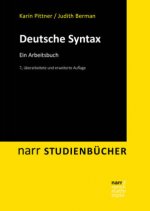
Deutsche Syntax
115.92 zł -

Sejong Korean Student Book 1A - English Edition
115.62 zł -

Sejong Korean Work Book 1A
86.18 zł -

Sejong Korean Work Book 1B
86.38 zł -

Sejong Korean Work Book 2A
86.18 zł -

C1 Writing | Cambridge Masterclass with practice tests
143.44 zł -5 % -
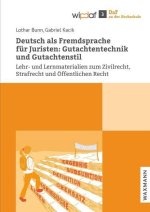
Deutsch als Fremdsprache für Juristen: Gutachtentechnik und Gutachtenstil
169.75 zł -

6-Language Visual Dictionary
85.88 zł -4 % -

My First 500 Korean Words - Book 2
182.45 zł -

Sejong Korean Vocabulary and Grammar 1B
44.95 zł -

Sejong Korean Student Book 2A - Korean Version
115.62 zł -

Sejong Korean Work Book 3A
86.18 zł -

Sejong Korean Work Book 2B
86.18 zł -

Korean Made Easy - Starter
132.25 zł -

Sejong Korean Vocabulary and Grammar 2A
44.95 zł -

Ewha Korean 1-1 Workbook
86.18 zł -

Sejong Korean Extension Activity Book 1B - Korean Edition
86.18 zł -

Sejong Korean Extension Activity Book 3A - Korean Edition
86.18 zł -

Learn Finnish with First Finnish Reader for Beginners
109.26 zł -4 % -
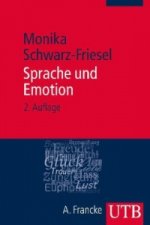
Sprache und Emotion
119.75 zł -
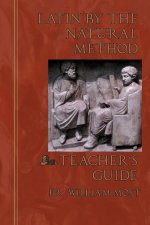
Latin by the Natural Method
59.97 zł -1 % -

Sejong Korean Student Book 2B - English Edition
115.62 zł -

Writers' & Artists' Yearbook 2024
145.35 zł -19 % -

Mit der Schrift sehen ? der Prager deutsche Autor Oskar Baum
181.04 zł -

Arabic For Beginners Workbook
76.10 zł -

EASY KOREAN with BTS - for Basic Learners | 2-Book Set
181.54 zł -

MEHRSPRACHIGKEIT UND DIE FRAGE NACH DER
121.97 zł -

Mehrsprachigkeit und Sprachenerwerb
107.55 zł -

Korean Folktales in Everyday Conversation
148.98 zł -
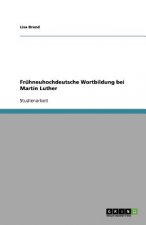
Fruhneuhochdeutsche Wortbildung bei Martin Luther
79.32 zł -4 % -

Let's Learn Some Arabic
70.76 zł -

Vom Dialekt zum Regiolekt. Sterben deutsche Dialekte aus?
175.70 zł -

One Thousand and One Nights for Intermediate Egyptian Arabic Language Learners
80.74 zł -

German-English Medical Dictionary
165.11 zł -

Sleight of Mouth Volume II
145.66 zł -5 % -

Sejong Korean Vocabulary and Grammar 1A
38.80 zł -13 % -

Deutsch - Eine Liebeserklärung
50.70 zł -4 % -

Meine ersten 270 Wörter auf Schweizerdeutsch
29.02 zł -10 % -

Sejong Korean Extension Activity Book 1A - Korean Edition
86.18 zł -

Student's Introduction to English Grammar
126.10 zł -22 % -
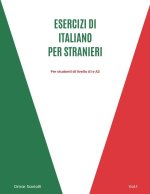
Esercizi di italiano per stranieri - Vol.1
69.24 zł -

Sejong Korean Extension Activity Book 2A - Korean Edition
86.18 zł -
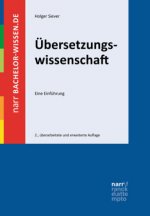
Übersetzungswissenschaft
107.55 zł
zadowolonych klientów
Od roku 2008 obsłużyliśmy wielu miłośników książek, ale dla nas każdy był tym wyjątkowym.
Copyright! ©2008-24 libristo.pl Wszelkie prawa zastrzeżonePrywatnieCookies



 21 milionów książek
21 milionów książek Dostawa 10.99 zł
Dostawa 10.99 zł (32) 444 93 66 (8-15.30h)
(32) 444 93 66 (8-15.30h)